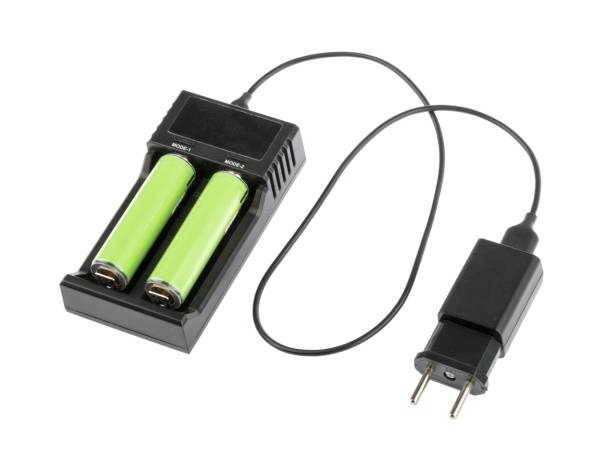The lithium-ion 18650 battery format has become the backbone of modern portable electronics, from high-performance flashlights to electric vehicles. With technological advances driving increased power demands across consumer devices, selecting a Fast charging 18650 battery available in today’s market requires understanding both chemical composition and charging infrastructure compatibility. This comprehensive analysis examines the critical factors that determine charging speed, capacity retention, and long-term reliability in 18650 cells, providing technical insights for making informed purchasing decisions across various applications and usage scenarios.
Understanding Fast Charging Technology in 18650 Cells
Fast charging capabilities in 18650 batteries depend primarily on the cathode chemistry and internal resistance characteristics. Lithium nickel manganese cobalt (NMC) and lithium iron phosphate (LFP) chemistries dominate the fast-charging segment, each offering distinct advantages. NMC cells typically support charging rates between 1C to 2C, meaning they can theoretically charge from empty to full capacity in 30-60 minutes under optimal conditions.
The internal resistance of a battery cell directly impacts charging efficiency and heat generation. High-quality 18650 cells feature internal resistance values below 50 milliohms, enabling rapid energy transfer without excessive temperature rise. Manufacturers like Samsung, LG Chem, and Panasonic have developed proprietary electrode designs that minimize resistance while maximizing surface area for lithium-ion exchange.
Capacity Versus Charging Speed Trade-offs
Modern 18650 batteries face an inherent trade-off between maximum capacity and charging speed. High-capacity cells (3000-3500mAh) typically charge at lower rates (0.5C-1C) to preserve electrode integrity and prevent thermal runaway. Conversely, power-optimized cells with lower capacity (2000-2500mAh) can handle charging rates up to 3C while maintaining safety margins.
The silicon-graphite anode technology represents a significant advancement in this area. These hybrid anodes expand capacity while enabling faster charging through improved lithium-ion diffusion rates. However, silicon expansion during charging creates mechanical stress that can reduce cycle life if not properly managed through electrolyte additives and separator design.
Temperature Management and Safety Considerations
Temperature control remains critical for fast charging applications. Most 18650 cells operate optimally between 10°C and 45°C during charging, with performance degrading rapidly outside this range. Advanced battery management systems (BMS) monitor cell temperature and adjust charging current accordingly, preventing thermal runaway while maximizing charging speed.
Modern fast-charging protocols incorporate multiple safety layers, including overcurrent protection, thermal monitoring, and voltage regulation. The charging profile typically follows a constant current phase up to 80% capacity, then switches to constant voltage for the remaining charge to prevent overcharging damage.
Selecting Based on Application Requirements
Different applications demand specific charging characteristics. High-drain devices like power tools benefit from power-optimized cells with robust current handling capabilities. Electronic devices requiring extended runtime prioritize capacity over charging speed, making energy-dense cells more suitable.
Research indicates that charging rate directly correlates with cycle life degradation. Cells charged at 1C typically retain 80% capacity after 500-800 cycles, while 2C charging reduces this to 300-500 cycles. Understanding this relationship helps match battery selection to replacement cost considerations and operational requirements.
Compatibility with Charging Infrastructure
Charging infrastructure compatibility extends beyond simple voltage matching. Fast charging requires intelligent communication between charger and battery through protocols like USB Power Delivery or proprietary systems. Some 18650 cells incorporate protection circuits that limit charging current, potentially negating fast charging capabilities even with compatible chargers.
The connector type, whether integrated or external, affects charging efficiency through contact resistance. High-quality nickel-plated contacts minimize resistance while preventing corrosion over repeated charge cycles.

